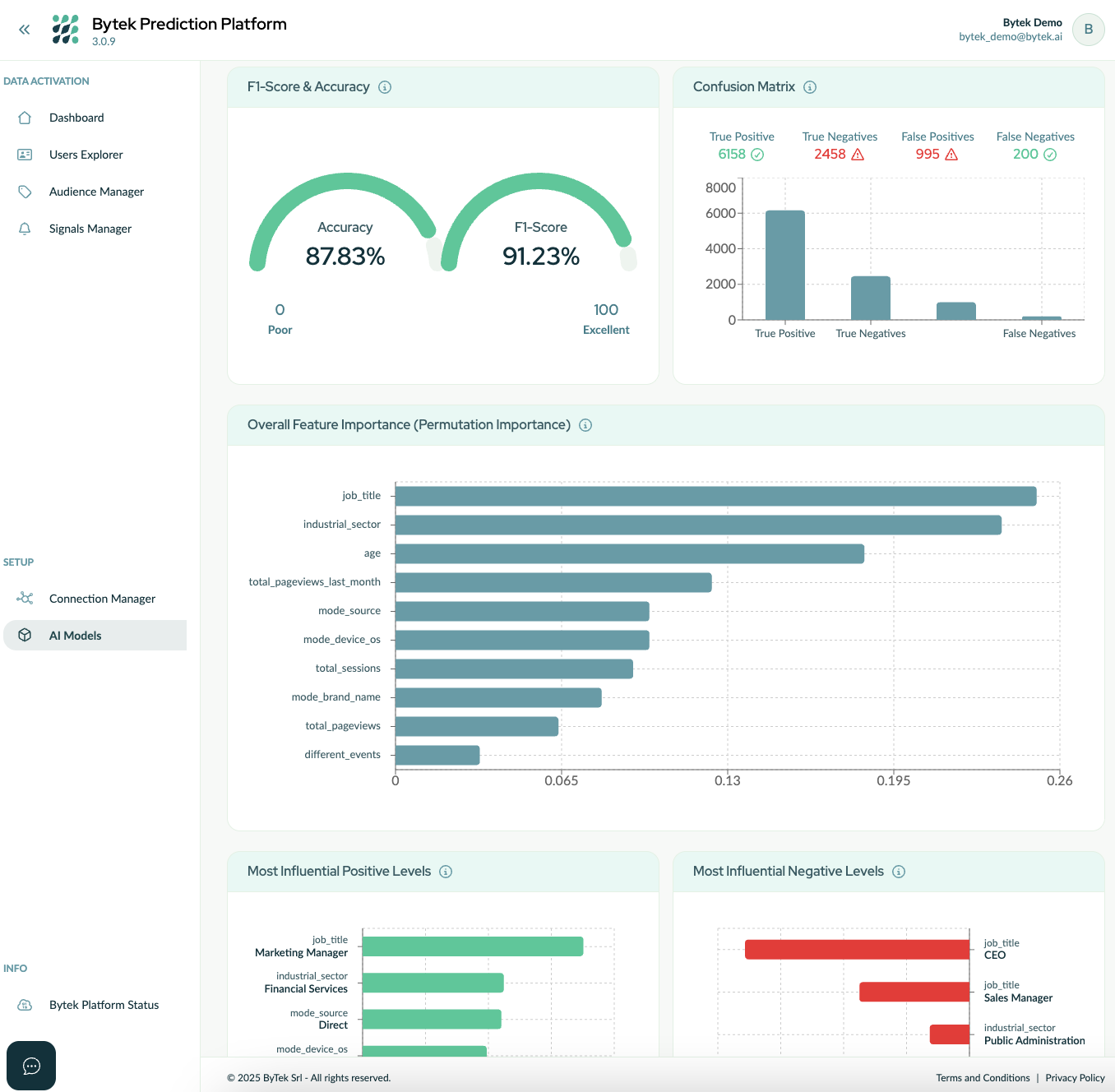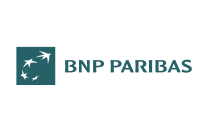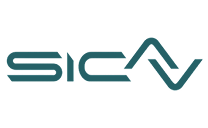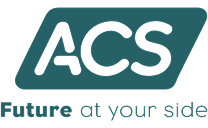When designing a modern infrastructure for customer data management, companies often face a common dilemma: CRM or Customer Data Platform (CDP)?
In reality, it’s not an “either/or” decision, but a matter of complementary technologies, each with distinct purposes, architectures, and functions.
Understanding what distinguishes a CDP from a CRM is essential to:
- Efficiently organize first-party data;
- Build consistent customer journeys;
- Enable personalized activations across channels;
- Accurately measure the value of marketing and sales actions.
What is a CRM: Operational Management of Customer Relationships
A Customer Relationship Management (CRM) system is designed to manage the one-to-one relationship with customers or prospects, storing every interaction between the company and the contact.
Core functions:
- Store personal, commercial, and transactional data;
- Track emails, calls, notes, deals, meetings;
- Manage pipelines, opportunities, and follow-ups for the sales team;
- Integrate with customer service or ticketing tools.
The CRM is therefore a transactional and operational tool, focused on direct contact activity and individual relationships, typically limited to structured data and information collected within authenticated environments (e.g., forms, lead gen, deal management).
What is a CDP: Unified and Actionable First-Party Data Management
A Customer Data Platform (CDP) is designed to aggregate, unify, enrich, and activate data from multiple sources: CRM, eCommerce, apps, websites, advertising, POS, and more.
Key features:
- Centralization of behavioral and transactional data—both known and anonymous;
- Identity resolution to unify cross-device and cross-channel interactions;
- Creation of an actionable Single Customer View;
- Dynamic segmentation and synchronization to channels like email, SMS, social, and paid media.
The CDP is not meant for sales operations or deal management, but for providing a coherent, customizable, and constantly updated data foundation across the entire customer base – even for unauthenticated users.
CDP vs CRM: At-a-Glance Comparison

The Bytek Approach: Interoperability Between CRM, CDP, and AI
The Bytek Prediction Platform is designed to work in synergy with both CRM and CDP systems. Specifically, it enables you to:
- Read data from the CRM (e.g., leads, deals, activities) and the CDP;
- Run predictive models (e.g., action propensity, cLTV, churn) and write back prioritization or segmentation attributes into the CRM;
- Power automation and marketing campaigns based on real behaviors and intent signals from the CDP;
- Keep predictive data synchronized across operational platforms (email, paid media, sales tools).
In this setup, the CRM remains the center of direct commercial relationships, while the CDP and the Prediction Platform provide a broader and predictive view of the user, even when they are not actively engaged with the company.
Conclusion: It’s Not CDP or CRM, but CDP and CRM
CRM and Customer Data Platforms serve different purposes:
- The CRM is vertical, focused on one-to-one relationships and sales pipelines;
- The CDP is horizontal, aggregating and activating all data across the digital ecosystem.
Together, empowered by an AI-native Prediction Platform like Bytek’s, they form an infrastructure capable of:
- Governing data across the entire customer base;
- Automating omnichannel, predictive activations;
- Personalizing user experiences in a continuous, consistent, and measurable way.

















